Fantasy literature has long been a gateway to extraordinary worlds filled with wonder and magic. At the heart of these captivating stories lie the magical creatures that inhabit them. These fantasy beasts have become iconic symbols of the genre, capturing readers’ imaginations for generations. This comprehensive exploration will delve into the top 10 mythical animals that have left an indelible mark on fantasy literature.
Content Table:
- 1. Dragons: The Majestic Rulers of Fantasy Realms
- 2. Unicorns: Embodiments of Purity and Magic
- 3. Phoenix: The Eternal Flame of Rebirth
- 4. Elves: The Timeless Guardians of Nature
- 5. Werewolves: The Duality of Man and Beast
- 6. Merfolk: Mysterious Denizens of the Deep
- 7. Griffins: Majestic Fusion of Eagle and Lion
- 8. Trolls: From Bridge-Dwelling Brutes to Complex Characters
- 9. Fairies: Whimsical Spirits of Nature and Mischief
- 10. Basilisks: The Deadly Gaze of Legend
- Conclusion: The Enduring Appeal of Magical Creatures
1. Dragons: The Majestic Rulers of Fantasy Realms
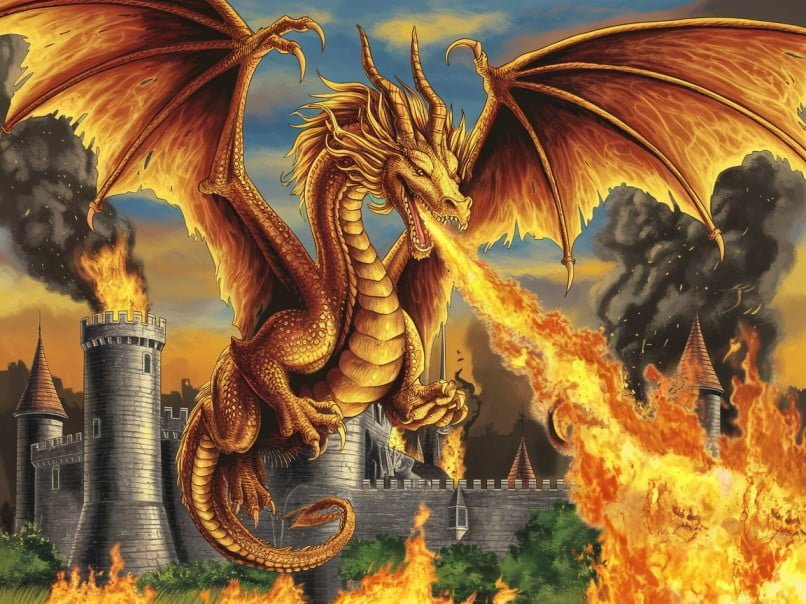
Dragons stand tall as perhaps the most recognizable of all magical creatures in fantasy literature. These awe-inspiring beings have been featured in countless tales across various cultures. In Western literature, dragons are often portrayed as fearsome, fire-breathing beasts with scales as hard as armor. On the other hand, Eastern traditions typically depict them as wise and benevolent creatures.
One of the most famous literary dragons is Smaug from J.R.R. Tolkien’s “The Hobbit.” Smaug embodies the classic Western dragon: cunning, greedy, and terrifyingly powerful. In contrast, the dragons in Ursula K. Le Guin’s “Earthsea” series are ancient, wise beings intrinsically tied to the world’s magic. More recently, George R.R. Martin’s “A Song of Ice and Fire” series has reignited interest in these mythical animals.
Dragons in fantasy often symbolize power, wisdom, and the untamed forces of nature. Their presence in a story immediately raises the stakes, promising epic confrontations and magical encounters. Many authors use dragons as catalysts for character growth, with heroes often having to overcome these formidable beasts.
The appeal of dragons lies in their versatility as fantasy beasts. Depending on the story’s needs, they can be mindless monsters or highly intelligent beings. Some tales even feature dragons as companions or mounts for their human protagonists. This flexibility has ensured their enduring popularity in the realm of magical creatures.
2. Unicorns: Embodiments of Purity and Magic

Unicorns gallop gracefully through the pages of fantasy literature, leaving trails of wonder in their wake. These mythical animals are typically depicted as white horses with a single horn on their forehead. In most stories, unicorns symbolize purity, innocence, and healing magic.
The unicorn’s role in fantasy often revolves around their rarity and the power of their horn. Many tales feature quests to find these elusive creatures or to obtain their magical horns. In some stories, only individuals of pure heart can approach or tame a unicorn. This concept adds a layer of moral complexity to narratives featuring these magical creatures.
Peter S. Beagle’s “The Last Unicorn” is a classic example of unicorn-centric fantasy. The novel explores themes of immortality, love, and the nature of reality through its unicorn protagonist. In J.K. Rowling’s “Harry Potter” series, unicorn blood possesses powerful life-preserving properties, but at a terrible cost.
Unicorns also serve as a bridge between the mundane and the magical in many stories. Their presence often signifies that a character has crossed into a realm of fantasy. As such, they act as gatekeepers to magical worlds, inviting readers to suspend their disbelief.
3. Phoenix: The Eternal Flame of Rebirth

The phoenix stands out among magical creatures for its association with cycles of death and rebirth. This mythical bird is said to burst into flames at the end of its life cycle. Subsequently, it rises anew from its own ashes, symbolizing renewal and resilience.
In fantasy literature, the phoenix often represents hope and the indomitable spirit. Its ability to be reborn makes it a powerful symbol of overcoming adversity. Many authors use the phoenix as a metaphor for characters or societies experiencing transformative change.
J.K. Rowling’s portrayal of Fawkes in the “Harry Potter” series is a notable example of the phoenix in modern fantasy. Fawkes serves as both a loyal companion and a source of magical aid. His tears possess healing powers, while his song instills courage in those who hear it.
The phoenix’s cyclical nature also makes it an excellent device for exploring themes of time and immortality. In some stories, these mythical animals are ancient beings who have witnessed the rise and fall of civilizations. This perspective allows authors to provide unique insights into their fictional worlds.
4. Elves: The Timeless Guardians of Nature
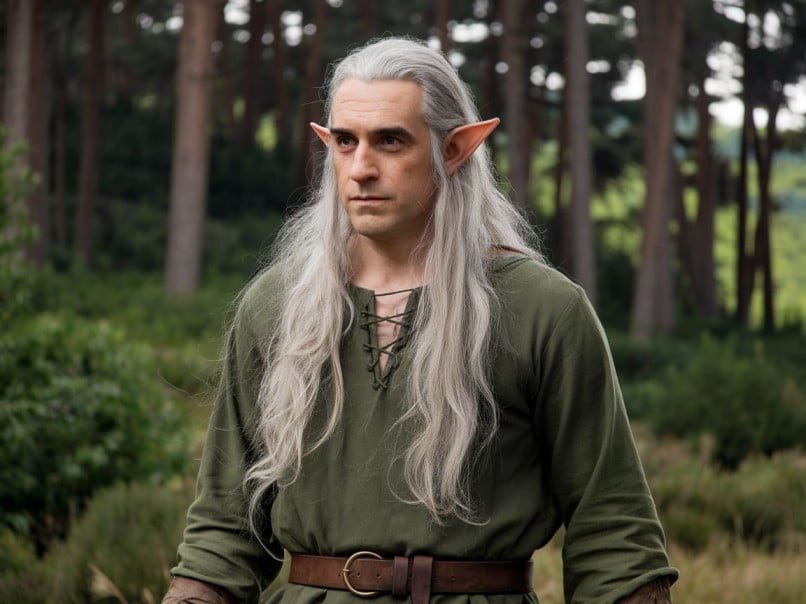
Elves have become a staple of fantasy literature, particularly in the wake of J.R.R. Tolkien’s influential works. These magical creatures are typically portrayed as tall, graceful beings with pointed ears and an affinity for nature. Elves often possess enhanced physical abilities and a deep connection to magic.
In many fantasy narratives, elves represent an idealized form of existence. They are frequently depicted as wise, artistic, and in harmony with the natural world. This portrayal allows authors to explore themes of environmentalism and the contrast between nature and civilization.
Tolkien’s elves in “The Lord of the Rings” set the standard for many subsequent depictions. They are immortal beings of great beauty and skill, guardians of ancient knowledge and magic. However, other authors have put their own spin on these mythical animals.
Terry Pratchett’s Discworld series, for instance, subverts the typical elvish archetype. His elves are beautiful but cruel creatures, emphasizing the dangerous aspect of the fae folk from older myths. This diversity in portrayal keeps elves fresh and intriguing in modern fantasy literature.
Elves often serve as mentors or allies to human protagonists in fantasy stories. Their ancient wisdom and magical abilities make them valuable assets in quests and conflicts. At the same time, their otherworldly nature can create interesting tensions and misunderstandings with other characters.
5. Werewolves: The Duality of Man and Beast
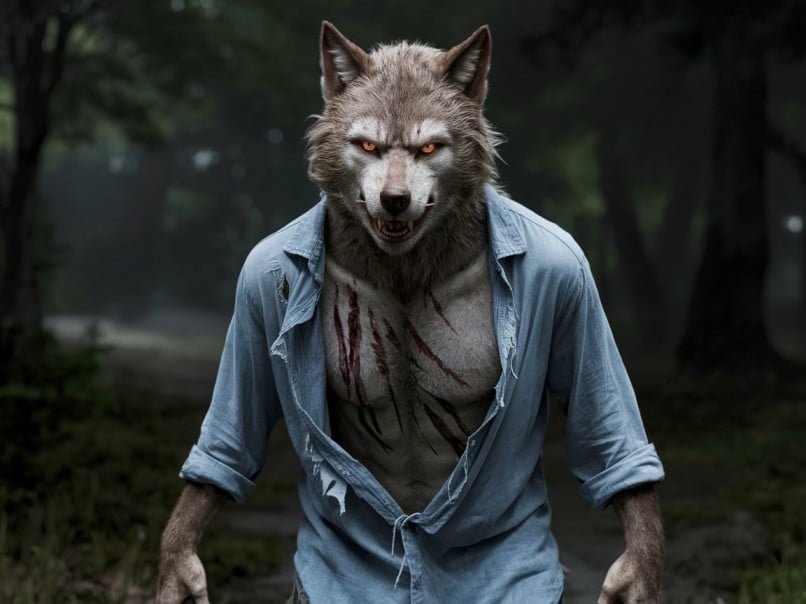
Werewolves occupy a unique place among magical creatures in fantasy literature. These shape-shifting beings embody the struggle between human rationality and animal instinct. The concept of a person transforming into a wolf (or wolf-like creature) has roots in various mythologies.
In fantasy stories, werewolves often serve as a metaphor for the darker aspects of human nature. Their involuntary transformations, typically triggered by the full moon, represent a loss of control. This makes them excellent vehicles for exploring themes of identity and self-control.
J.K. Rowling’s character Remus Lupin in the “Harry Potter” series is a sympathetic portrayal of a werewolf. Lupin’s condition is treated as a chronic illness, highlighting the social stigma often associated with being “different.” This approach adds depth to the traditional werewolf narrative.
Some authors choose to focus on the pack dynamics of werewolves. These stories explore themes of loyalty, hierarchy, and the tension between individual freedom and group belonging. Such narratives often draw parallels with human social structures.
The werewolf’s dual nature also makes it a versatile character in fantasy literature. They can be terrifying monsters, tragic figures, or even romantic heroes. This flexibility has contributed to the enduring popularity of werewolves among fantasy beasts.
6. Merfolk: Mysterious Denizens of the Deep

Merfolk, including mermaids and mermen, have long captivated human imagination with their aquatic allure. These magical creatures, typically depicted as half-human and half-fish, inhabit the mysterious realm beneath the waves. Their presence in fantasy literature often symbolizes the unknown and the allure of the sea.
In many stories, merfolk serve as a bridge between the surface world and the depths of the ocean. They might aid shipwrecked sailors or lure unwary travelers to watery doom. This duality makes them intriguing and unpredictable characters in fantasy narratives.
Hans Christian Andersen’s “The Little Mermaid” has significantly influenced modern depictions of merfolk. The tale explores themes of love, sacrifice, and the desire to belong to a different world. Many subsequent stories have expanded on these themes, examining the challenges of bridging two vastly different realms.
Some authors use merfolk as a means to explore environmental themes. These mythical animals can serve as guardians of the oceans, highlighting the impact of human activity on marine ecosystems. Such narratives often carry a message of conservation and respect for nature.
The mysterious nature of merfolk also makes them excellent catalysts for adventure in fantasy stories. Hidden underwater kingdoms and long-lost treasures guarded by merfolk are common plot devices. These elements add an extra layer of wonder and excitement to maritime fantasy tales.
7. Griffins: Majestic Fusion of Eagle and Lion

Griffins, with their unique combination of eagle and lion features, hold a special place among magical creatures. These mythical animals typically possess the head, wings, and talons of an eagle, combined with the body of a lion. This fusion of characteristics makes them symbols of both nobility and power.
In fantasy literature, griffins often serve as guardians or companions to great heroes. Their ability to fly and their fierce combat prowess make them formidable allies in any quest. Some stories depict griffins as intelligent beings, capable of speech and complex reasoning.
The dual nature of griffins – part bird, part mammal – allows authors to explore themes of balance and harmony. They represent the union of the sky and the earth, embodying both freedom and strength. This symbolism makes them versatile characters in fantasy narratives.
Rick Riordan’s “Percy Jackson” series features griffins as part of its mythological menagerie. In these books, griffins maintain their traditional role as guardians, protecting treasures and sacred places. This portrayal introduces younger readers to these classic fantasy beasts.
Some authors choose to focus on the social structures of griffins, imagining complex societies built around their unique abilities. These narratives often draw parallels with human societies, exploring themes of hierarchy, tradition, and adaptation to changing environments.
8. Trolls: From Bridge-Dwelling Brutes to Complex Characters

Trolls have undergone significant evolution in their portrayal within fantasy literature. Traditional depictions often show them as brutish, dim-witted creatures living under bridges or in dark forests. However, modern fantasy has expanded this concept, creating more nuanced and varied representations of these magical creatures.
In some stories, trolls remain fearsome antagonists, posing physical challenges for the heroes to overcome. Their often-regenerative abilities and immense strength make them formidable foes. This portrayal taps into primal fears and the thrill of confronting monstrous beings.
Other authors have reimagined trolls as misunderstood creatures with rich cultures of their own. Terry Pratchett’s Discworld series, for instance, presents trolls as silicon-based lifeforms with unique perspectives on the world. This approach adds depth to these fantasy beasts, challenging readers’ preconceptions.
Trolls can also serve as metaphors for the power and unpredictability of nature. In some narratives, they are ancient beings intrinsically tied to the land, embodying the wild and untamed aspects of the natural world. This portrayal often carries environmental themes.
The versatility of trolls in modern fantasy allows authors to use them in various roles. They can be comical sidekicks, wise sages, or complex anti-heroes. This range has ensured their continued popularity among magical creatures in literature.
9. Fairies: Whimsical Spirits of Nature and Mischief

Fairies, also known as fae or faeries, are among the most diverse and changeable of magical creatures. These diminutive, often winged beings have roots in folklore from many cultures. In fantasy literature, their portrayal ranges from tiny, mischievous sprites to powerful, otherworldly entities.
The role of fairies in stories often revolves around their connection to nature and magic. Many narratives depict them as guardians of forests or natural phenomena. This association allows authors to explore themes of environmentalism and the magic inherent in the natural world.
Shakespeare’s “A Midsummer Night’s Dream” has significantly influenced modern depictions of fairies. The play presents them as powerful, capricious beings capable of influencing human affairs. Many subsequent works have built upon this idea of fairies as unpredictable forces.
In some fantasy stories, fairies represent a bridge between the mundane world and the realm of magic. They might lure humans into enchanted spaces or grant magical boons. This role makes them excellent catalysts for adventure and wonder in narratives.
The concept of the fairy court, with its complex politics and intrigue, has become a popular trope. Authors like Holly Black have created rich, dark fairy worlds that explore themes of power, loyalty, and the dangers of dealing with magical beings.
10. Basilisks: The Deadly Gaze of Legend
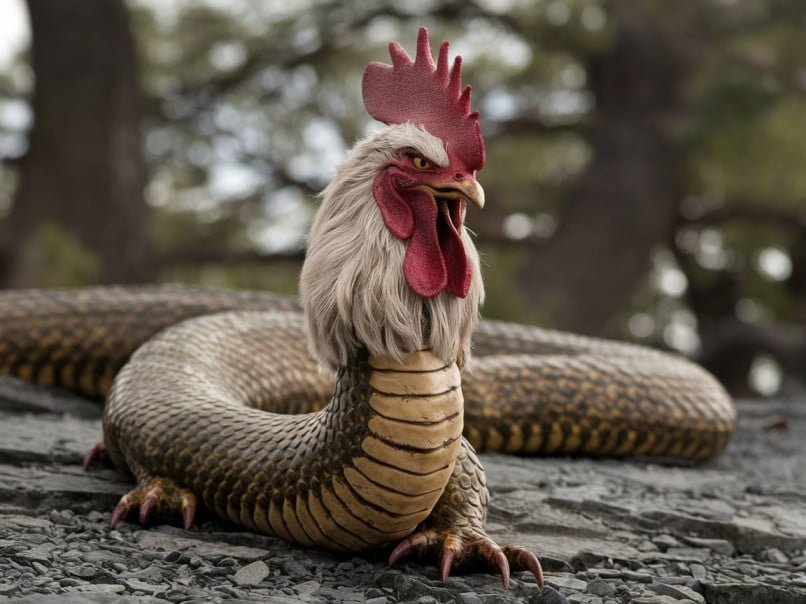
Basilisks stand out among magical creatures for their lethal abilities. Typically depicted as a reptilian being, often part snake and part rooster, the basilisk is renowned for its deadly gaze. This unique characteristic makes it a formidable challenge in many fantasy narratives.
In fantasy literature, basilisks often serve as ultimate tests for heroes. Their ability to kill with a mere look raises the stakes in any confrontation. Authors use this trait to create tension and emphasize the danger of the magical world.
J.K. Rowling’s depiction of the basilisk in “Harry Potter and the Chamber of Secrets” introduced many young readers to this mythical creature. Rowling’s version maintained the traditional deadly gaze while adding the element of petrification. This portrayal has influenced subsequent depictions of basilisks in fantasy.
Some authors explore the origins and ecology of basilisks in their world-building. These narratives might delve into how these creatures came to be or how they fit into the magical ecosystem. Such details add depth to the fantasy world and the role of these mythical animals within it.
The basilisk’s power often makes it a sought-after creature in stories involving magical warfare or power struggles. Its abilities might be weaponized or coveted by villains, adding another layer of conflict to the narrative.
Conclusion: The Enduring Appeal of Magical Creatures
The magical creatures we’ve explored continue to captivate readers of all ages. These mythical animals do more than simply populate fantasy worlds; they serve as powerful symbols and narrative devices. From the majestic dragon to the lethal basilisk, each brings unique elements to the stories they inhabit.
Fantasy beasts often reflect human traits and societal issues, allowing authors to explore complex themes through allegory. They can represent our fears, our aspirations, and our relationship with the natural world. This depth ensures their enduring relevance in literature.
As fantasy continues to evolve, so too do the portrayals of these magical creatures. Authors constantly find new ways to subvert expectations and reimagine traditional mythical animals. This ongoing reinvention keeps the genre fresh and exciting for readers.
Whether you’re drawn to the wisdom of elves, the mystery of merfolk, or the raw power of dragons, magical creatures have something to offer every reader. They invite us to expand our imagination and see the world through a lens of wonder and possibility.
What’s your favorite magical creature from fantasy literature? How has it influenced your perception of the genre? Share your thoughts in the comments below and join the discussion on these fascinating fantasy beasts!

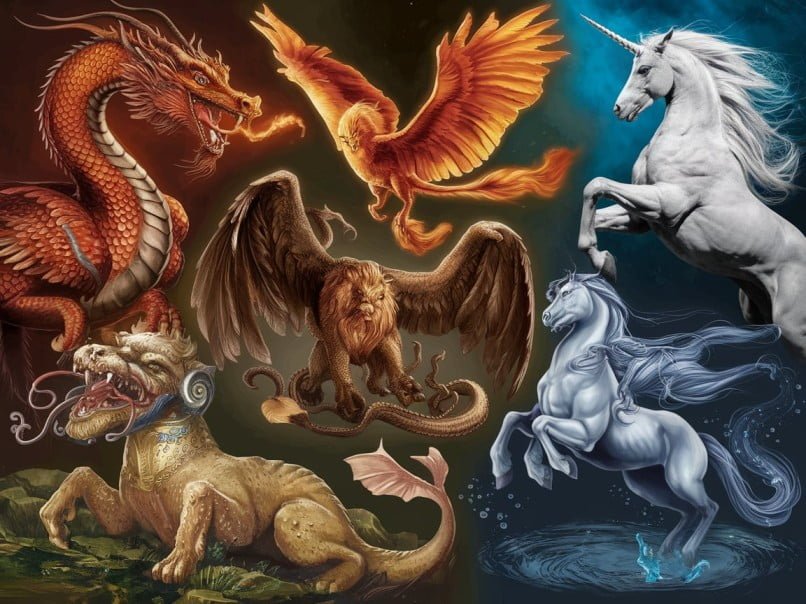


One thought on “Top 10 Magical Creatures in Fantasy Literature”